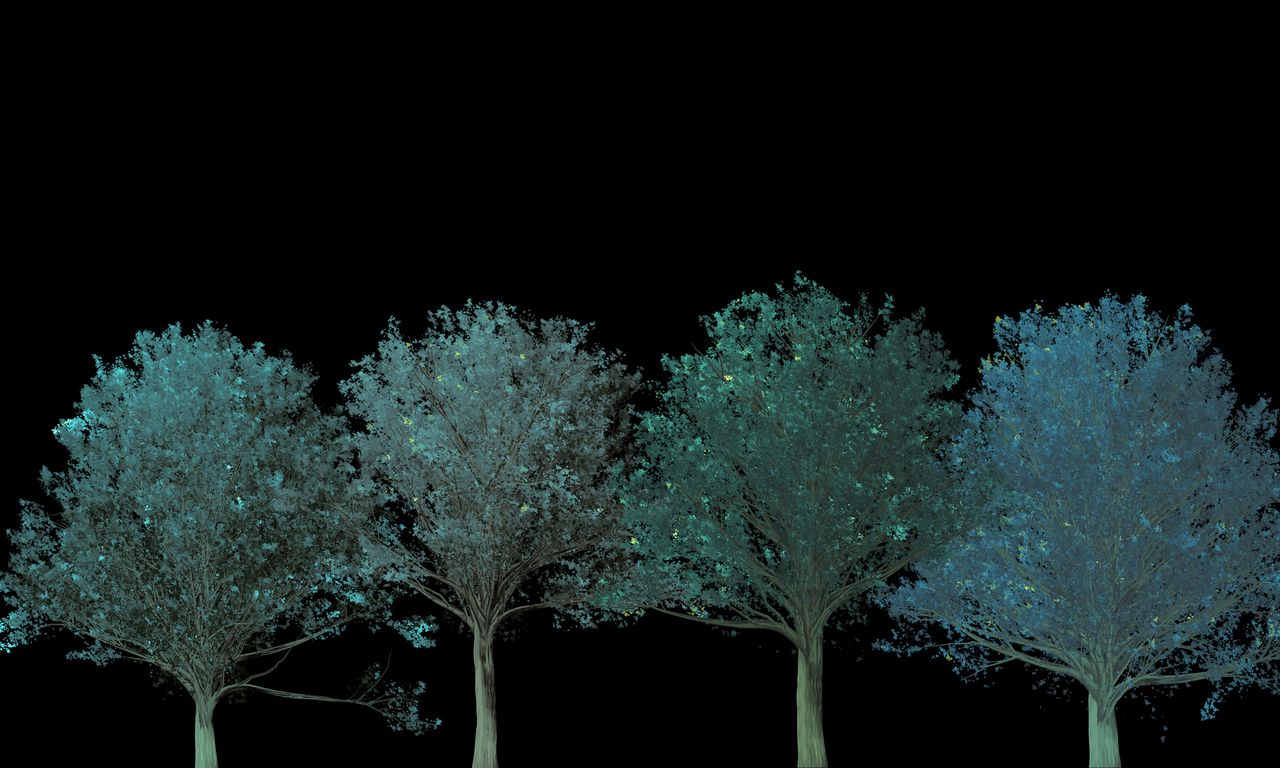Glow-in-the-dark trees could someday replace city street lights
Sounds magical, but is it too good to be true?


Researchers in Denmark have a whimsical idea for lighting city streets and sidewalks: glow-in-the-dark trees.
Imagine: No more street lamps with broken bulbs or dimly-lit alleys. Instead, your evening stroll is illuminated by luminous trees giving off a calming blue hue. A Danish startup called Allumen wants to make this sci-fi fantasy a reality. The goal is to isolate the genes that cause some creatures to glow, and use those genes to genetically engineer trees to do the same thing.
Cool! But why?
Subscribe to The Week
Escape your echo chamber. Get the facts behind the news, plus analysis from multiple perspectives.

Sign up for The Week's Free Newsletters
From our morning news briefing to a weekly Good News Newsletter, get the best of The Week delivered directly to your inbox.
From our morning news briefing to a weekly Good News Newsletter, get the best of The Week delivered directly to your inbox.
Street lights are incredibly expensive. According to Fast Company, street lights make up the largest chunk of some cities' energy bills. Plus, lighting a city contributes to a lot of emissions. Cities that have switched to more environmentally-friendly lighting options have seen their carbon emissions plummet. Switching to LED lights, for example, was projected to reduce Detroit's emissions by around 40,000 tons a year. Bioluminescent trees would be another, even greener alternative.
Bioluminescence is a chemical reaction that some living things — like fireflies, jellyfish, and a few kinds of algae — use to produce their own light. It's an incredibly beautiful phenomenon, but more importantly, it requires no energy consumption.
"The real advantage of changing to a biological system is that the algae, for example, or the plant, they only need CO2 and sunlight and some water," Kristian Ejlsted, CEO of Allumen, told Fast Company.
But tweaking the genetic makeup of plants is, perhaps unsurprisingly, a complex process. And Allumen isn't the first company to try it. Back in 2013, The Glowing Plant Kickstarter campaign raised more than $480,000 with a plan to insert genes into a plant to make it glow, but was eventually unsuccessful in its endeavor. Project creator Antony Evans later admitted that the gene insertion process was harder than the team expected. While his team did produce a plant that gave off a faint glow, the original vision of a plant bright enough to replace lights had to be abandoned when the project ran out of money. "We did not anticipate some of the unknown technical challenges that we would get into," Evans told The Atlantic.
Sign up for Today's Best Articles in your inbox
A free daily email with the biggest news stories of the day – and the best features from TheWeek.com
Despite the failure of the Glowing Plant Kickstarter, researchers got a glimpse of hope last year when a team at MIT managed to embed nanoparticles inside a watercress plant. They didn't have a lofty goal of replacing an entire city's streetlights. Instead, they simply wanted their plant to replace the common desk lamp.
But even the watercress plant failed to produce enough light to read a book by at night. And what light it did produce only lasted for about four hours. Nevertheless, researchers remain hopeful that advancing technology will make glowing plants easier to produce.
Aside from the issues of viability, genetically engineering luminous plants could be risky business for the greater ecosystem. Will they harm other plants and animals? Researchers aren't sure. But a major concern is the spread of seeds and pollen from genetically engineered trees, which can travel hundreds of miles. They could contaminate and cross-fertilize with native trees in parks, forests, or your own backyard, possibly creating mutant plants with their own set of problems.
There's also a strong possibility that glowing trees could confuse birds and reset their internal clocks. Researchers have already seen this problem with city lights.
Despite the potential drawbacks, there's one industry that's itching to get glow-in-the-dark trees on the market: plant nurseries. When the last recession hit, about a third of all the plant nurseries in the United States had to shut down, and they have been trying to recover ever since. The fluctuating housing market, which used to require a lot of new plants and trees, has made it difficult for nurseries to make a comeback. So some plant nurseries have embraced people's love for weird plants to make money, and what could be weirder than a tree that glows? And if they're able to make a deal with cities to provide glow-in-the-dark trees in bulk, plant nurseries may never have money problems again.
Unfortunately, it may be years before these fantastical trees become a reality. For now, we'll have to settle for catching fireflies in glass jars and watching them glow, which is pretty magical in itself.
Lana Bandoim is a freelance writer and editor. Her work has appeared on Yahoo! News, CNN iReport, The Huffington Post, Lifescript, Healthline, and many other publications.
-
 5 inflammatory cartoons on the L.A. wildfires
5 inflammatory cartoons on the L.A. wildfiresCartoons Artists take on climate change denial, the blame game, and more
By The Week US Published
-
 The problems with the current social care system
The problems with the current social care systemThe Explainer The question of how to pay for adult social care is perhaps the greatest unresolved policy issue of our time
By The Week UK Published
-
 Austria's new government: poised to join Putin's gang
Austria's new government: poised to join Putin's gangTalking Point Opening for far-right Freedom Party would be a step towards 'the Putinisation of central Europe'
By The Week UK Published